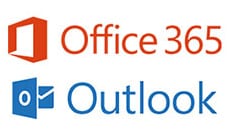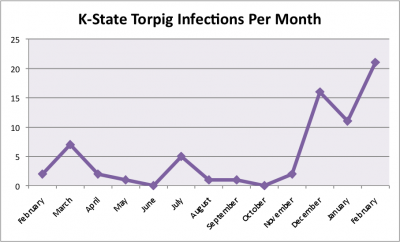 In an ongoing effort to keep K-State’s systems and services safe, malware filtering has been activated for K-State’s email. The filter protects the mail system and individual mailboxes from malicious software by blocking attachments that are commonly used to transmit viruses or malicious software.
In an ongoing effort to keep K-State’s systems and services safe, malware filtering has been activated for K-State’s email. The filter protects the mail system and individual mailboxes from malicious software by blocking attachments that are commonly used to transmit viruses or malicious software.
The malware filtering is applied to all K-State email: Office 365 webmail and Outlook. All incoming and outgoing email is filtered. Go to File Attachment Types Blocked By K-State Email to view a complete listing of the filetypes currently being blocked, along with common file extensions for the specific filetypes. Continue reading “Malware filtering applied to email attachments”

